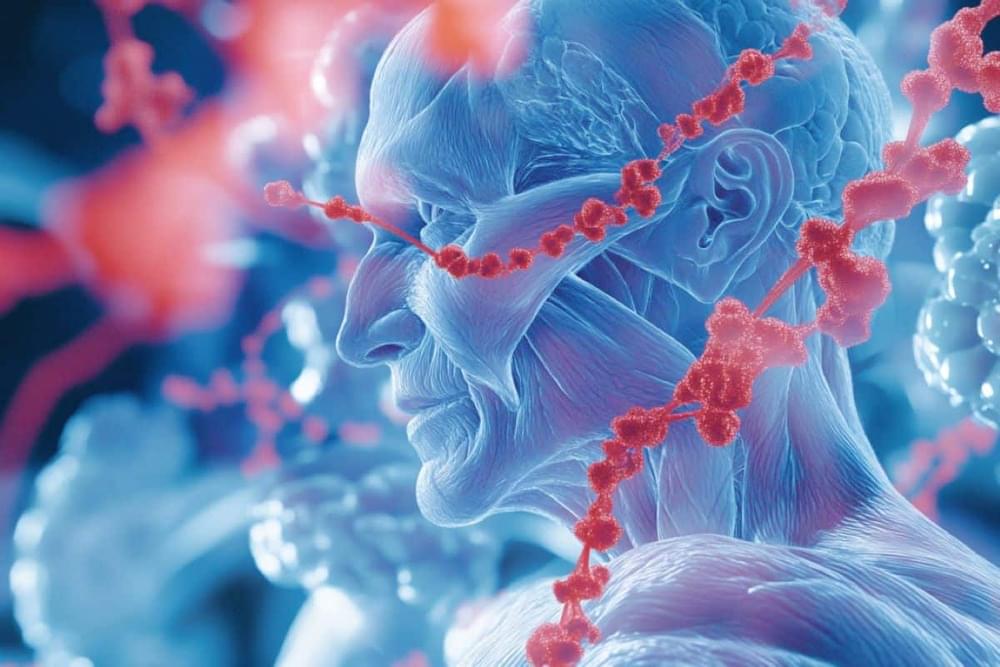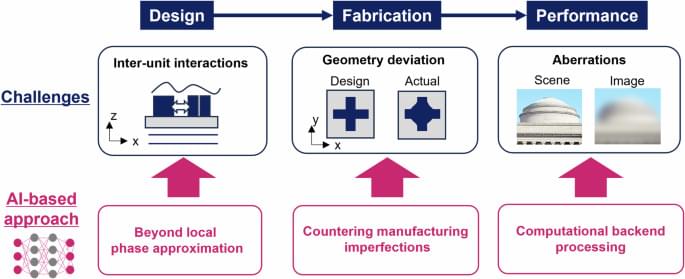For years, Dr. Schally and his rival in science, Roger Guillemin, scrambled to be first to confirm neurohormones. The Nobel Committee called it a tie.
The digital library’s website was defaced earlier this month with a message boasting its theft of Internet Archive users’ sensitive records. The nonprofit said it’s working to bolster security.
Ancient human genomes reconstructed from remains at a southern African rock shelter show remarkable genetic continuity over time.
A huge data breach followed by a plummeting valuation has stoked fears of a sale of 23andMe along with all of its customers’ genetic data.
Source: Nottingham Trent University.
Scientists have identified previously unreported genes which appear to play a key role in the muscle aging process. It is hoped that the findings from a Nottingham Trent University study could be used to help delay the impact of the aging process.
The study, which also involved Sweden’s Karolinska Institute, Karolinska University Hospital, and Anglia Ruskin University, is reported in the Journal of Cachexia, Sarcopenia and Muscle.
AI for optical metasurface
Posted in robotics/AI
Optica l metasurfaces, planar artificial media capable of controlling light propagation, areioning from laboratory curiosity to commercial applications.
npj Nanophotonics volume 1, Article number: 36 (2024) Cite this article.
When I was a kid we had the anarchist cookbook.
But an artist and hacker found a way to trick ChatGPT to ignore its own guidelines and ethical responsibilities to produce instructions for making powerful explosives.
The hacker, who goes by Amadon, called his findings a “social engineering hack to completely break all the guardrails around ChatGPT’s output.” An explosives expert who reviewed the chatbot’s output told TechCrunch that the resulting instructions could be used to make a detonatable product and was too sensitive to be released.
Analyze the NVIDIA Container Toolkit CVE-2024–0132 vulnerability and its implications for AI system security with recommended remediation steps.
Unknown hackers exploited a patched Roundcube XSS flaw in phishing attacks to steal sensitive credentials.









